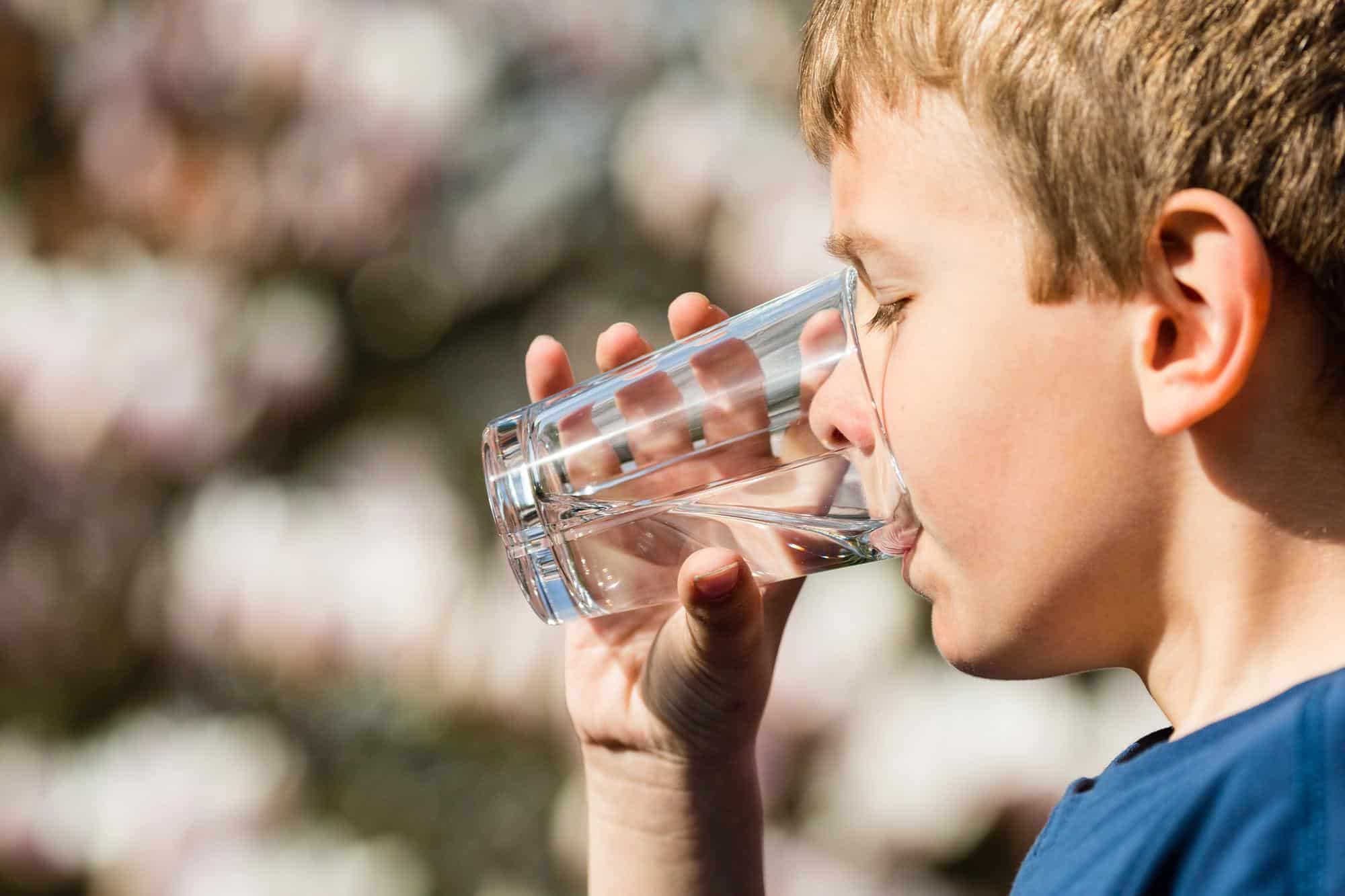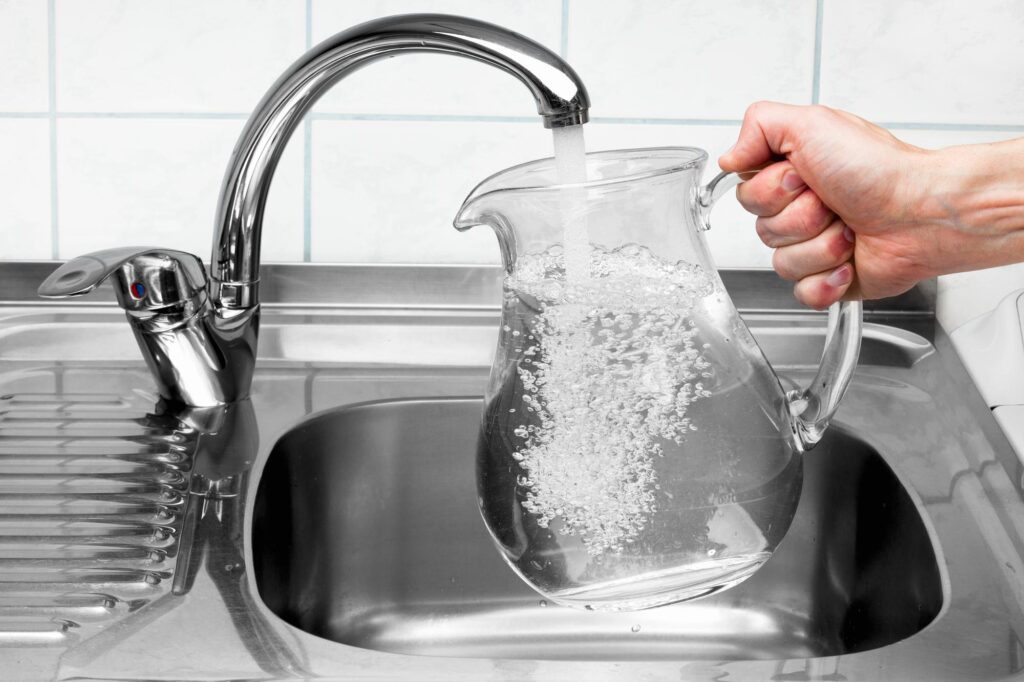Water is an essential part of everyday life, involved in everything from cooking to bathing, and most critically, drinking. The importance of having access to clean, safe water cannot be overstated, given its extensive use in households. However, quite often, the tap water considered safe for consumption might harbour unseen contaminants.
These hidden elements can pose significant health risks to individuals who consume the water. This article aims to expose the often-overlooked dangers lurking in our tap water, examining their sources and the potential harm they may cause.
Common Contaminants Found in Tap Water
The safety of your tap water can be compromised by various contaminants, some of which are somewhat surprising.
Lead, for instance, is a hazardous substance that can contaminate water through ageing infrastructure. Old pipelines made of lead or those soldered with lead-based materials can leach this toxic metal into the water supply. Even minimal exposure can have serious health repercussions, especially for children and pregnant women.
Moreover, microbial contaminants such as bacteria and viruses frequently find their way into the water supply. These pathogens may result from faecal contamination and can cause illnesses ranging from mild gastrointestinal distress to more severe conditions.
Such contaminants underscore the vital necessity of monitoring and rectifying breaches in water sanitation.
Following this, chemical byproducts from water treatment processes also contribute to the array of potential contaminants. Disinfectants like chlorine and chloramine are commonly used to kill harmful organisms; however, their byproducts, such as trihalomethanes and haloacetic acids, can form in the water. Long-term exposure to these compounds has been linked to adverse health effects.
Furthermore, agricultural runoff presents another source of contamination. Pesticides and herbicides used in farming can infiltrate local water supplies, introducing chemicals hazardous to human health. With agricultural practices sometimes located near water sources, the risk of contamination is exacerbated when these chemicals are washed into waterways during heavy rainfalls.
Health Risks Associated with Tap Water Contaminants
The presence of contaminants in tap water can lead to immediate and long-term health concerns.
In the short term, consumption of tainted water can result in gastrointestinal issues such as nausea, diarrhoea, and vomiting. Skin irritations are also every day, particularly when water quality is significantly compromised.
Beyond the immediate effects, prolonged exposure to contaminated water can have more severe health implications. Developmental issues in children, including learning disabilities and behavioural disorders, have been linked to lead and other contaminant exposure.
Furthermore, certain contaminants have been linked to various cancers, underscoring the importance of stringent water quality measures.
Specific populations are more susceptible to the adverse effects of contaminated water. Pregnant women, children, and the elderly are particularly at risk due to their increased vulnerability and developmental stage. These groups require more stringent protection against waterborne risks.
Studies and reports continually illustrate the impact of water contamination on communities. For example, the water crisis in Flint, Michigan, demonstrated the dire consequences of lead-contaminated drinking water on community health. Awareness of such cases helps highlight the pressing need for improved water monitoring and safety measures.
How Contaminants Enter the Water Supply
Understanding how contaminants infiltrate the water supply is crucial for establishing effective prevention and remediation strategies.
An antiquated infrastructure, often including lead pipes, represents a significant risk. Lead plumbing, commonly found in older constructions, can significantly raise lead levels in water, especially if the pipes are corroded or decaying.
Industrial discharge also contributes to water contamination. Factories and plants often discharge waste into nearby water bodies, leading to pollution if regulatory oversight is inadequate. Strict regulations exist to minimise such discharges, but they require consistent enforcement to be effective.
Agriculture contributes significantly to water pollution through practices that involve the use of chemicals and the management of animal waste. Fertilisers, pesticides, and herbicides used in farming can seep into water sources, particularly in areas with heavy rainfall or ineffective runoff management.
Surface runoff during rainstorms is another source of water pollution. Heavy rains can carry pollutants from roads, agricultural lands, and industrial sites into water bodies, exacerbating contamination and making water treatment more challenging.
Regular Testing and Monitoring of Tap Water
Keeping tap water safe is an ongoing endeavour, reliant heavily on regular testing and monitoring.
For households, utilising home water testing kits can provide immediate insights into potential contamination. These kits can detect various chemicals and microbes, offering peace of mind or prompting further investigation if issues are found.
Municipal water treatment plants play a critical role in ensuring water safety. Nevertheless, even these facilities have limitations. They must remove or inactivate pathogens and trace chemicals, requiring ongoing investment in infrastructure to meet evolving safety standards.
Authorities perform routine testing to maintain water quality, often including both chemical and microbial analyses. The frequency and type of testing can vary, based on location and suspected risk levels. Results from these tests are typically available to the public, providing transparency and keeping residents informed.
Consumer reports and online resources provide insight into water quality in various regions. Accessing this data equips individuals with the knowledge needed to make informed decisions regarding water usage and treatment.

How to Ensure Safe Drinking Water
Several strategies can help ensure the tap water consumed is safe and pure.
To begin with, home filtration systems can be highly effective. Depending on the contaminants present, systems such as activated carbon filters or reverse osmosis units can significantly improve water safety.
For those seeking a more comprehensive solution, a whole-home water filtration system offers extensive protection by filtering water at the point of entry, ensuring every tap in the house delivers cleaner, safer water for drinking, cooking, and bathing.
Boiling water is an age-old precautionary measure, effective against microbial contaminants. However, it is less effective against chemical pollutants and requires energy, making it less practical for large volumes of water.
Community engagement is vital in addressing water quality issues. Advocate for improved regulations and infrastructure enhancements through local government action. Collective efforts can prompt the necessary changes to safeguard public health from water contamination.
Bottled water is sometimes considered an alternative to tap water, but it has its pros and cons. While it may offer a safer option in some instances, its widespread use raises environmental concerns, including plastic waste. Thus, it’s important to use it judiciously and support initiatives aimed at reducing plastic consumption.
Conclusion
Hidden dangers can lurk in the seemingly clear tap water we consume daily, making it essential to remain vigilant and take necessary actions to ensure water safety. Awareness of potential contaminants and their sources can help individuals and communities safeguard their health.
As concerns about water quality rise, individuals are encouraged to engage with proposals and advocate for improved water safety standards. It is vital for everyone to remain informed about their local water quality and to participate in actions that benefit public health as a whole.
The future holds promise with emerging technologies and solutions that aim to improve water quality worldwide. By staying proactive and informed, communities can ensure access to clean, safe drinking water now and for generations to come.

